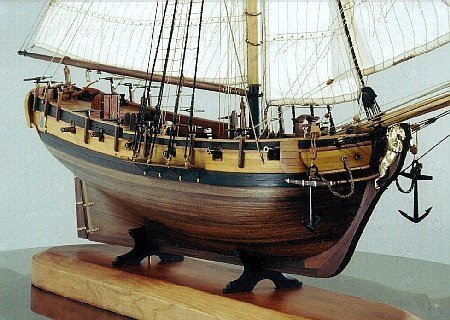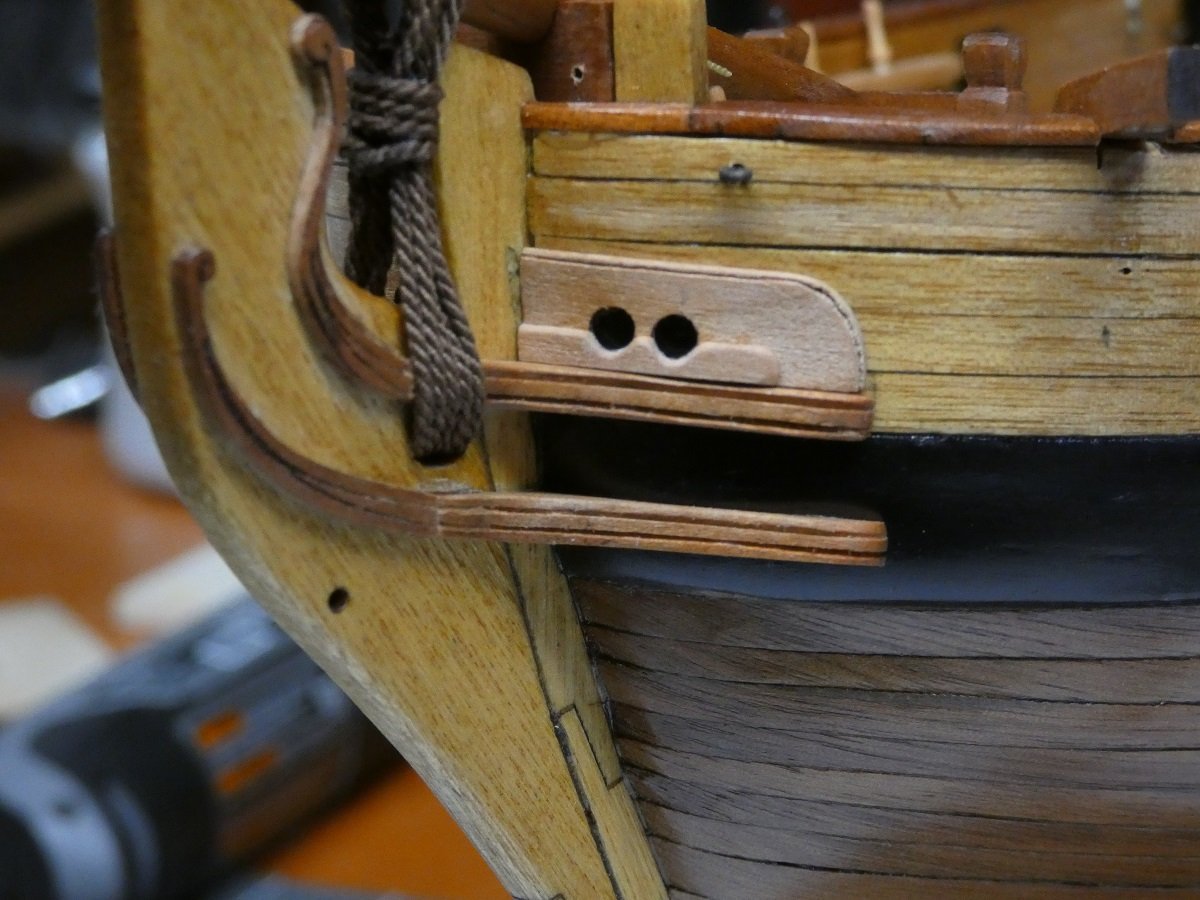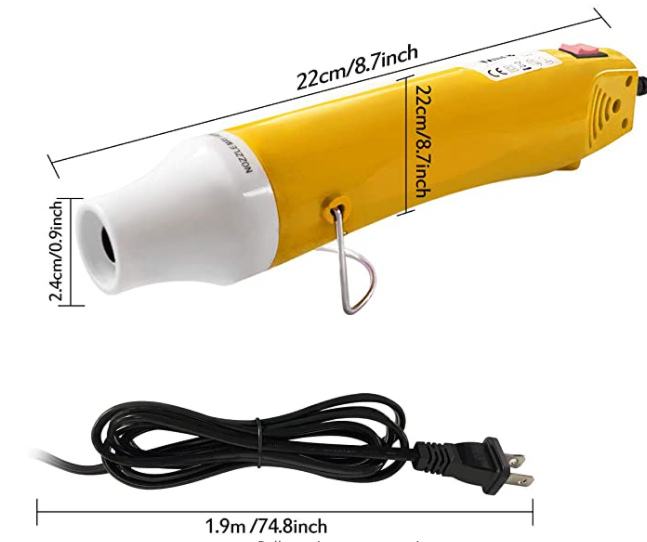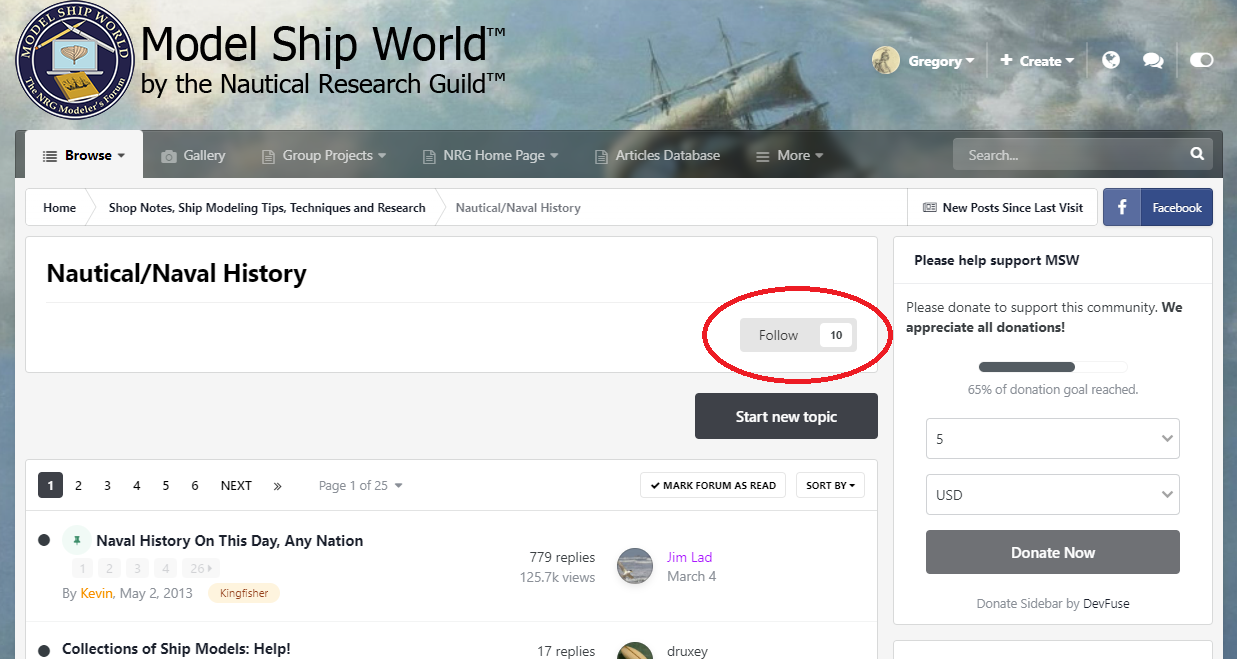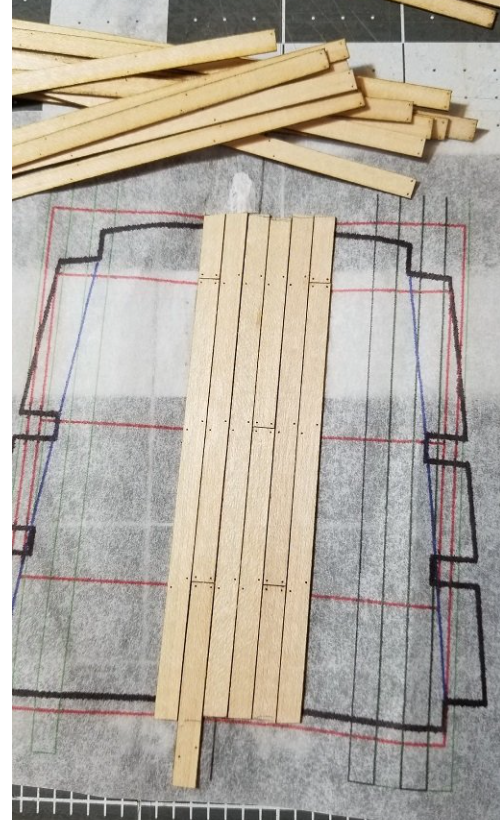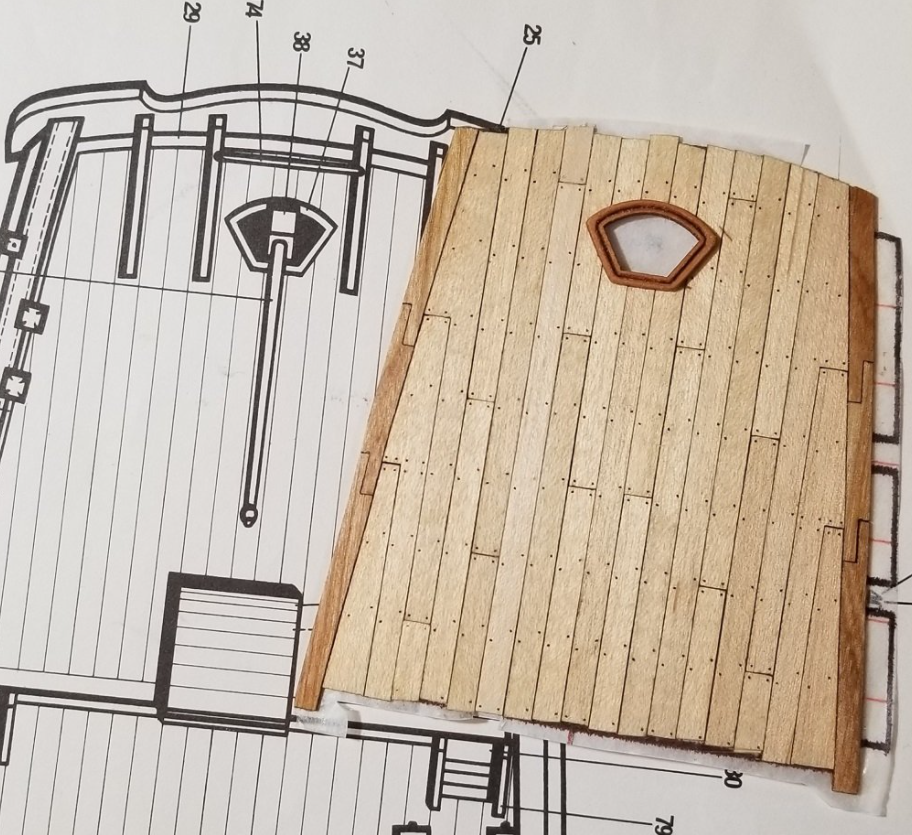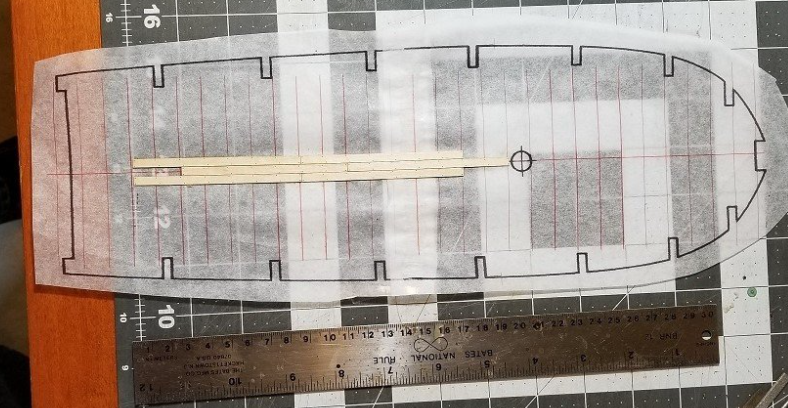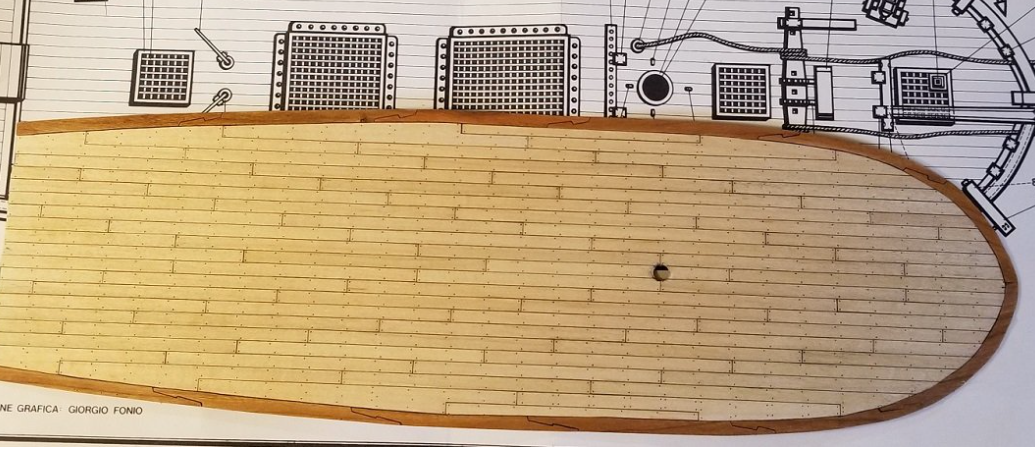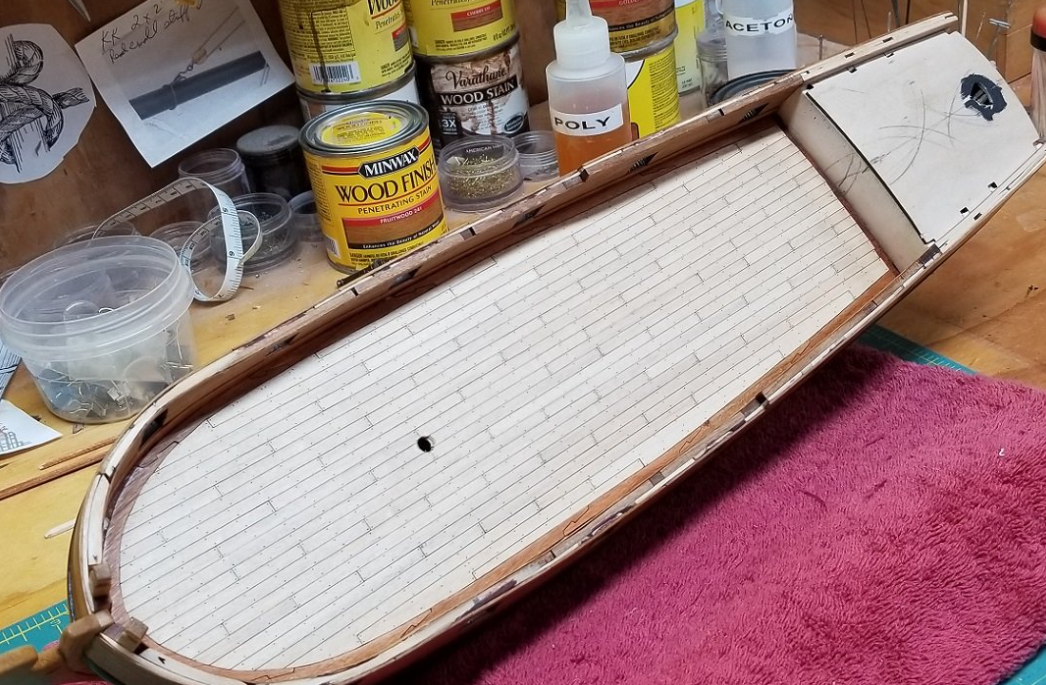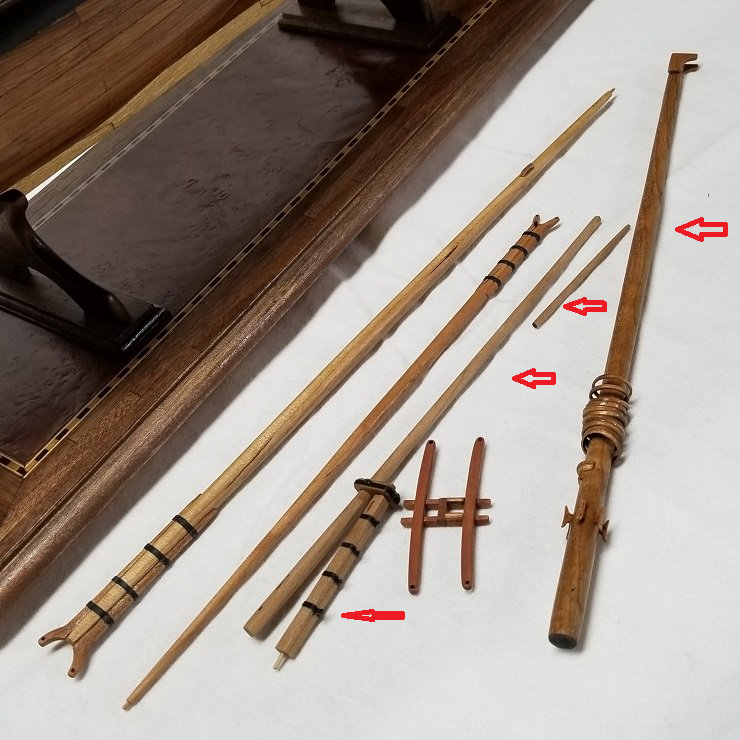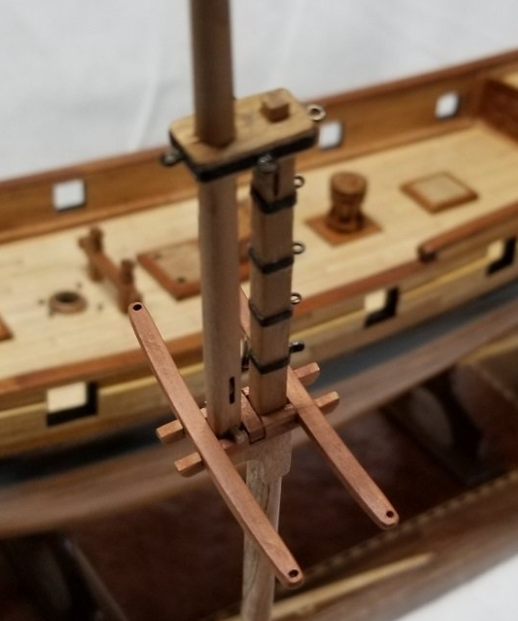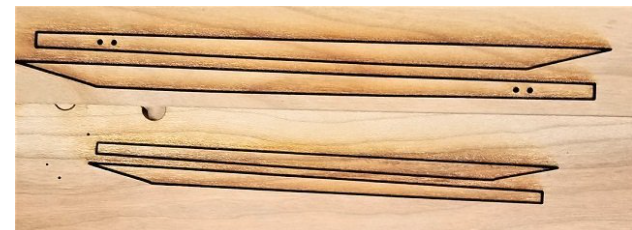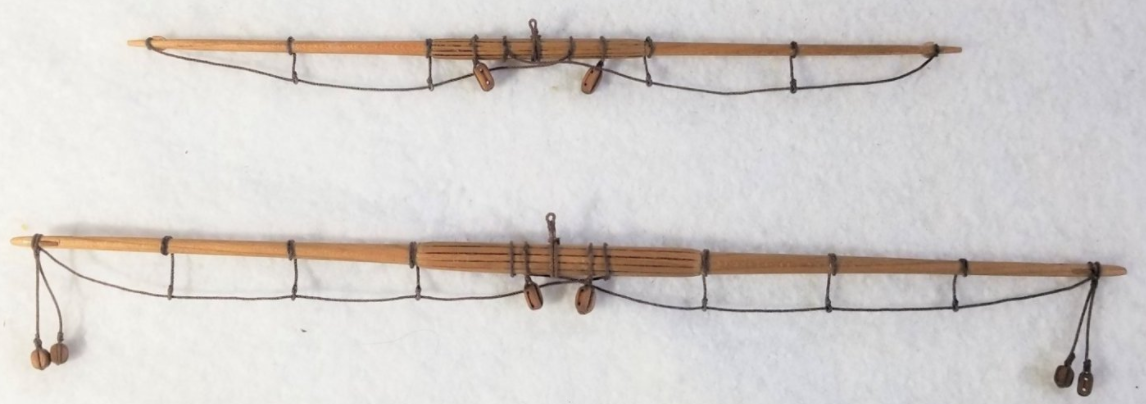-
Posts
3,139 -
Joined
-
Last visited
Content Type
Profiles
Forums
Gallery
Events
Everything posted by Gregory
-
Hold a match under it.. If it melts, it's polyester.
- 362 replies
-
- Amati
- Lady Nelson
-
(and 2 more)
Tagged with:
-
Yes, I'm in USA. Crafty has some great PE eyebolts and hooks, as well as some thimbles that are hard to find anywhere else..
-
Interesting because the shipping cost I have incurred from Crafty Sailor in Canada seems very reasonable for small items like hooks.. I think it was $4.99
-
Will the resin swivel guns be available in the store anytime soon?
- 1,784 replies
-
- winchelsea
- Syren Ship Model Company
-
(and 1 more)
Tagged with:
-
Another good thing to know, is that you can adjust the size of the picture in your post, so it doesn't overpower the look of the page. But when you click on the picture it will be displayed at full resolution. Just double click on the picture while you are composing, and you will see this: Click on the " Keep original aspect ratio " and you can change one aspect and the size will adjust without cropping or distorting. Click on my pictures to see the size change.. You can also do this while editing if you don't like the way it looks after posting. Your original full size picture information is still there, so you can make size changes without re-loading the picture.
-
Put a match to it. Poly will melt. Cotton, linen, etc., will burn.
-
Don't forget, they call it "Shipping and Handling. " The retailers time and materials have to be figured in to the cost of doing business. A small item is not necessarily easier and cheaper to package and ship. Also putting yourself into a niche such as " certain pins only work with certain tools " opens the door for limited access.
-
Many ( most ? ) of the builds here depict treenails in one form or another. All levels of skill are represented. It is more of a modeling convention ( artistic expression ) rather than an accurate portrayal of what one would expect to see on the actual ship. Very few models would ever get built/finished if scale accuracy in every respect was the the goal So it is really a matter of building your ship in a way that you are satisfied with the results, and satisfied that you are improving your skills in a way that encourages you to continue with the hobby.
-
Here are a couple of google Book references with photos. Beautiful yacht, but the proportions do not look much like the model. The American Almanac (?) Forrest and Stream Magazine Aug 1902
-
What will you take for it? 😁
-
Just a thought considering the limited space on the transom. Is it possible the seven windows included quarter badges? Five on the transom and one on each quarter.
- 341 replies
-
- Sophie
- Vanguard Models
-
(and 1 more)
Tagged with:
-
How to follow a forum?
Gregory replied to John Ruy's topic in Using the MSW forum - **NO MODELING CONTENT IN THIS SUB-FORUM**
You have my sympathy..😁 -
How to follow a forum?
Gregory replied to John Ruy's topic in Using the MSW forum - **NO MODELING CONTENT IN THIS SUB-FORUM**
-
The hard part is finding a suitable place where the joint is not obvious. As I showed above, I did the square part above the cross trees separate. Not a lot of help with the total length. I also made the top mast in two pieces. Again not much help with total length, but helps with the really small part that is easier to break. It's easier doing the yards, as you can hide the joint with battens, rigging or paint. Let me know if I can provide a little more detail.
-
Great start for a first time effort... It's how you find what works for you..
-
Another option you might consider.. I glue my planks with white glue onto thin paper like tracing paper. Ready to be glued onto the false deck. The main deck in progress. I feel its easier to correct mistakes and make adjustments. Finished off the ship. Finished in place. I then glue the whole thing onto the false deck in place on the ship with yellow wood glue. It takes a few minutes of smoothing and pressure because there is a tendency for ripples to form. The yellow glue will start grabbing within 10 -15 minutes, but there is plenty of time to make adjustments.
-
I hope you will share your build with us. Based on your carving skills, it should prove to be an exceptional endeavor.
-
Some may think starting with a kit is doing things the hard way, but that is what the majority of our build logs consist of. Unfortunately, dowels are what are provided for masting in all kits that I am aware of. Understandably, most kit builders who are just breaking into this hobby are not keen on making the additional investment in suitable square stock. Many may take this approach if they stay with the hobby long enough, but first, lets help them out with what they are challenged with as beginners. Dowels, while presenting some challenges, are fairly easy to turn into square or other sections as needed. They are particularly easy to turn into smaller round sections.
-
I use a combination of both filing and spinning with a drill ( no lathe ) .. Take care to sand out the circular marks from spinning. I also break what would be one long piece into two or more pieces, because smaller pieces are easier to work with. Arrows point to separate parts of main and topmast. This also makes it easier to mount some of the rigging elements before putting it all together. I also like to split up yards into two pieces while finishing. Makes it easier to taper from the fat end to the skinny end. I turned this: Into this: While I cut my blanks with a laser, you can do the same with square stock. Which is not to say the same thing can't be accomplished with round stock, and just as easily IMO..
About us
Modelshipworld - Advancing Ship Modeling through Research
SSL Secured
Your security is important for us so this Website is SSL-Secured
NRG Mailing Address
Nautical Research Guild
237 South Lincoln Street
Westmont IL, 60559-1917
Model Ship World ® and the MSW logo are Registered Trademarks, and belong to the Nautical Research Guild (United States Patent and Trademark Office: No. 6,929,264 & No. 6,929,274, registered Dec. 20, 2022)
Helpful Links
About the NRG
If you enjoy building ship models that are historically accurate as well as beautiful, then The Nautical Research Guild (NRG) is just right for you.
The Guild is a non-profit educational organization whose mission is to “Advance Ship Modeling Through Research”. We provide support to our members in their efforts to raise the quality of their model ships.
The Nautical Research Guild has published our world-renowned quarterly magazine, The Nautical Research Journal, since 1955. The pages of the Journal are full of articles by accomplished ship modelers who show you how they create those exquisite details on their models, and by maritime historians who show you the correct details to build. The Journal is available in both print and digital editions. Go to the NRG web site (www.thenrg.org) to download a complimentary digital copy of the Journal. The NRG also publishes plan sets, books and compilations of back issues of the Journal and the former Ships in Scale and Model Ship Builder magazines.

